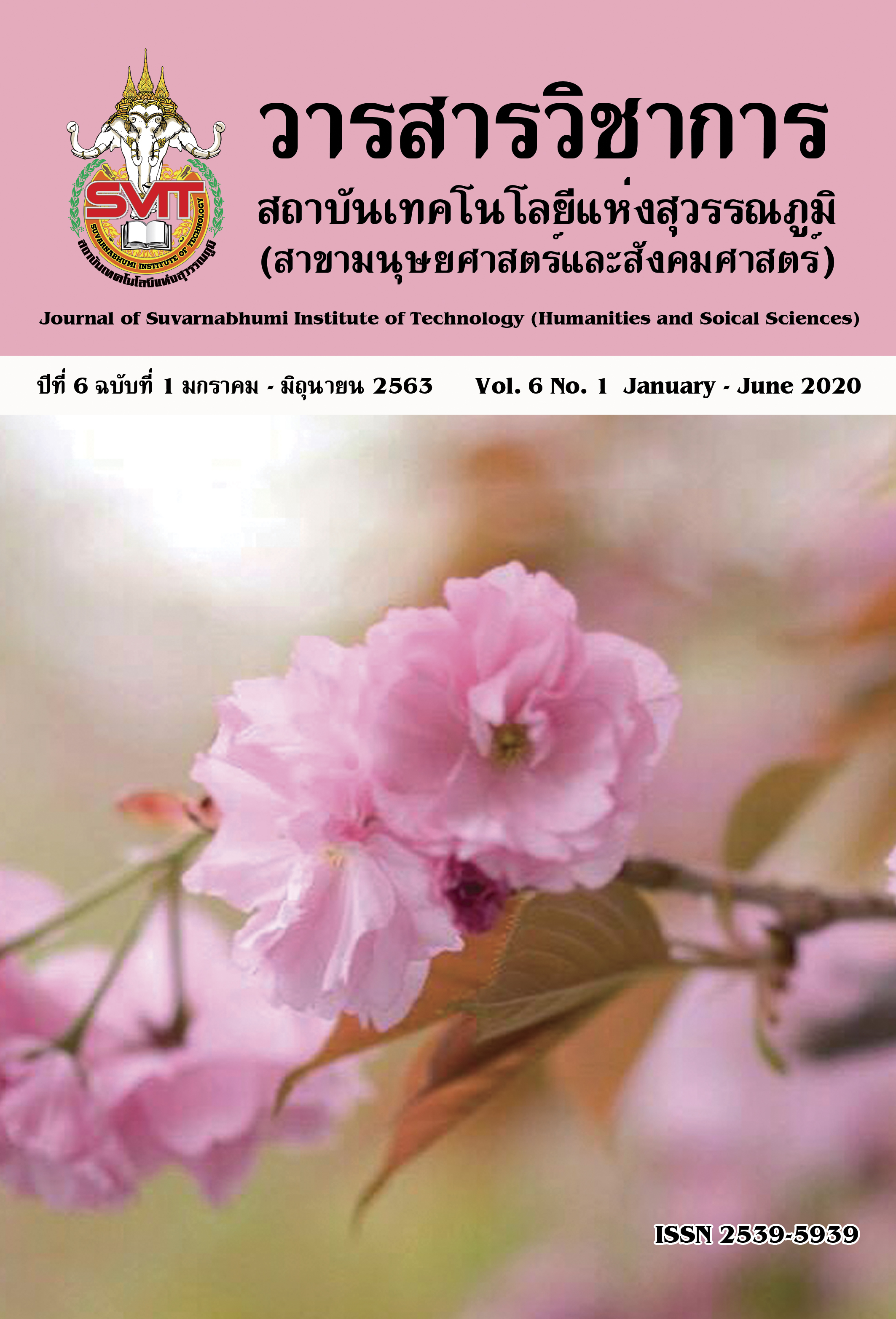THE IMPORTANCE OF THE CHINESE LANGUAGE IN TODAY’S INTERNATIONAL BUSINESS
Abstract
With the continuous expansion of globalization in the 21st century, economic and trade exchanges among countries have also shown an upward trend. In the meanwhile, China has been constantly enhancing comprehensive national strength, so the economic value of the Chinese language has been widely recognized in international business and trades. Besides, international promotion for the Chinese language has also increased in line with the demands all over the world. Based on this circumstance, to analyze the current state of the literature in a coherent picture calling attention from future studies, this study mainly reviews Chinese publications on the Chinese language in international business. Results from this study found most scholars have recognized the economic value of the Chinese language for China and other countries. Moreover, the Chinese language has become valuable as a useful language tool in international business communication activities nowadays. Besides, the Chinese language can promote the progress of international economic and trade exchanges under the globalization context.
References
Bian, Y.Z. (2019). Hanyu guoji jiaoyu zai guoji jingji hezuo zhong de zuoyong yu yingxiang yanjiu [A study on the role and influence of Chinese language international education in international economic cooperation]. Science & Technology Information, 17(1), 169-170.
Brannen, M. Y., Piekkari, R., & Tietze, S. (2017). The multifaceted role of language in international business: Unpacking the forms, functions and features of a critical challenge to MNC theory and performance. Language in international business, 139-162. Palgrave Macmillan, Cham.
Cardon, P. W. (2009). A model of face practices in Chinese business culture: Implications for western businesspersons. Thunderbird International Business Review, 51(1), 19-36.
Cardon, P.W. & Scott, J.C. (2003). China business face: Communication behaviors and teaching approaches. Business Communication Quartely, 66(4), 9-22.
Chen, C., & Godkin, L. (2011). Mianzi, guanxi and Western prospects in China. International Journal of Management, 18(2), 139-147.
Chinese National Tourist Office. (2006). China tourism statistics. Retrieved. from http://www.cnto.org/chinastats.asp
Chen, S., Geluykens, R., & Choi, C. (2006). The importance of language in global teams: A linguistic perspective. Management International Review, 46(6), 679–695.
Egger, P. H., & Lassmann, A. (2015). The causal impact of common native language on international trade: Evidence from a spatial regression discontinuity design. The Economic Journal, 125(584), 699–745.
Grin, F. (1996). The economics of language: survey, assessment, and prospects. International Journal of the Sociology of Language, 121(1), 17– 44.
Hurn, B.J. (2007). The influence of culture on international business negotiations. Industrial and commercial training, 39(7, 354-360.)
Janssens, M., Lambert, J., & Steyaert, C. 2004. Developing language strategies for international companies: The contribution of translation studies. Journal of World Business, 39(4): 414–430.
Ji, H.R. (2019). Quanqiuhua beijing xia hanyu jingji jiazhi fenxi [A analysis of Chinese economic value in the context of globalization]. Science & Technology Information, 17(2), 207-209.
Li, Y.M. (2012). Renshi yuyan de jingjixue shuxing [To recognize the economic properties of language]. Consume Guide, (7), 139.
Piekkari, R., & Tietze, S. (2011). A world of languages: Implications for international management research and practice. Journal of World Business, 46(3), 267–269.
Piekkari, R., Vaara, E., Tienari, J., & Sa ¨ntti, R. (2005). Integration or disintegration? Human resource implications of the common corporate language decision in a cross-border merger. International Journal of Human Resource Management, 16(3), 330–344.
Puslecki, Z.W. (2017). The impact of international business for intensive and effective economic growth of China. International Relations and Diplomacy, 5(8), 460-485.
Qian, M. (2004). A survey conducted in nine countries suggests that Chinese may become the dominant business language. News Sina website. Retrieved from http://news.sina.com.cn/w/2004-11-20/19534297747s.shtml
Si, C. (2018, June 27). “An annual report of China's inbound and outbound tourism development 2018” has published in Beijing. China Daily website. Retrieved from http://cn.chinadaily.com.cn/2018-06/27/content_36466285.htm
Steyaert, C., & Janssens, M. (2013). Multilingual scholarship and the paradox of translating and language in management and organization studies. Organization, 20(1): 131–142.
Tenzer, H., Terjesen, S., & Harzing, A. W. (2017). Language in international business: A review and agenda for future research. Management International Review, 57(6), 815-854.
Vaara, E., Tienari, J., Piekkari, R., & Sa ¨ntti, R. (2005). Language and the circuits of power in merging Multinational Corporation. Journal of Management Studies, 42(3), 595–623.
Vaillancourt, F. (1996). Language and Socioeconomic Status in Quebec: Measurement, Findings, Determinants, and Policy Costs. International Journal of the Sociology of Language, 121(1), 69-92.
Wang, Z.D. (2016). Hanyu guoji chuanbo yu zhongguo churujing you zhi hudong fazhan yanjiu [A study on the interactive development of Chinese language international communication with inbound and outbound Chinese tourism]. Social Sciences in Ningxia, (5), 239-244.
Wen, H. (2007). Prospect of economic value of Chinese in globalization. Journal of Human Business College, 14(4), 108-109.
Worldometers. (2019). World population. Worldometers. Retrieved from https://www. worldometers.info/world-population/
Xian, H. (2008). Lost in translation? Language, culture and the roles of translator in cross-cultural management research. Qualitative Research in Organizations and Management: An International Journal, 3(3): 231–245.
Xu, X. (2019, August 29). China rises to top engine of global economic growth in 70 years. Xinhuanet website. Retrieved from http://www.xinhuanet.com/english/2019-08/29/c_ 138348922.htm
Xu, D.M. (2010). Seven questions about language economy. Journal of Yunnan Normal University (Philosophy and Social Sciences Edition), 42(5), 7-15.
Zhang, J. (2013). The significance of need analysis of Chinese as a second language based on language economics and planning. Jinghan Academic, 32(5), 62-66.
Zhang, L. (2012). A survey on use of Chinese in the international business. Language Teaching and Linguistic Studies, (1), 30-36.
Zhang, W., Zhang, J.Z., Liu, M.N., & Liu, Y. (2018). Hanyu guoji chuanbo de jingji jiazhi fenxi [The economic value analysis of Chinese international communication]. Industrial & Science Tribune, (6), 127-128.
Zheng, D.O. (2008). Desiderata for promoting Chinese language World-Wide. Chinese Language Learning, (3), 90-97.
Downloads
Published
Issue
Section
License
Copyright (c) 2020 Suvarnabhumi Institute of Technology

This work is licensed under a Creative Commons Attribution-NonCommercial-NoDerivatives 4.0 International License.
บทความที่ได้รับการตีพิมพ์เป็นลิขสิทธิ์ของวารสารวิชาการ สถาบันเทคโนโลยีแห่งสุวรรณภูมิ
ข้อความที่ปรากฏในบทความแต่ละเรื่องในวารสารวิชาการเล่มนี้เป็นความคิดเห็นส่วนตัวของผู้เขียนแต่ละท่านไม่เกี่ยวข้องกับสถาบันเทคโนโลยีแห่งสุวรรณภูมิ และคณาจารย์ท่านอื่นๆในสถาบันฯ แต่อย่างใด ความรับผิดชอบองค์ประกอบทั้งหมดของบทความแต่ละเรื่องเป็นของผู้เขียนแต่ละท่าน หากมีความผิดพลาดใดๆ ผู้เขียนแต่ละท่านจะรับผิดชอบบทความของตนเองแต่ผู้เดียว





